Agriculture Reference
In-Depth Information
resources and practices that protect natural resources through conservation or
more efficient use.”
22
Thus, to prevent pollution we must think about how to
eliminate the waste, regardless of how this might be done.
Originally, pollution prevention was applied to industrial operations with the
idea of reducing either the amount of the wastes being produced or to change
their characteristics in order to make them more readily disposable. Many indus-
tries changed to water-soluble paints, for example, thereby eliminating organic
solvents, cleanup time, and so on, and often ended up saving considerable money.
In fact, the concept was introduced as “pollution prevention pays,” emphasizing
that many of the changes would actually save money. In addition, the elimination
or reduction of hazardous and otherwise difficult wastes also has a long-term
effect—it reduces the liability a company carries as a consequence of its disposal
operations.
With the passage of the Pollution Prevention Act of 1990, the EPA was di-
rected to encourage pollution prevention by setting appropriate standards for
pollution prevention activities, assisting federal agencies in reducing wastes gen-
erated, working with industry to promote the elimination of wastes by creating
waste exchanges and other programs, seeking out and eliminating barriers to the
efficient transfer of potential wastes, and doing this with the cooperation of the
states.
In general, the procedure for the implementation of pollution prevention ac-
tivities is to (1) recognize a need, (2) assess the problem, (3) evaluate the alterative,
and (4) implement the solutions. Contrary to most pollution control activities,
industries generally have welcomed this governmental action, recognizing that
pollution prevention can and often does result in the reduction of costs to the
industry. Unlike many regulatory mandates, where it is in the company's best
financial interests not to recognize that a rule applies to them, the need to avoid
generating wastes quite often is internal and the company seeks to initiate the
pollution prevention procedure. During the assessment phase, a common proce-
dure is to perform a
waste audit
, which is actually a black box mass balance, using
the company as the black box.
Example: Waste Audit
A manufacturing company is concerned about air emissions of volatile organic
carbons. These chemicals can volatilize during the manufacturing process, but
the company is not able to estimate accurately the rate of volatilization, or even
which chemicals are partitioning to the vapor phase. The company conducts
an audit of three of their most widely used volatile organic chemicals, with
the following results:

Search WWH ::

Custom Search